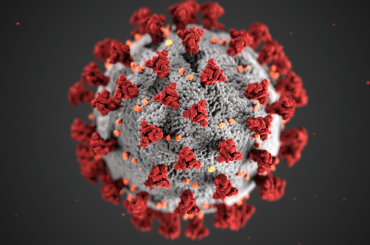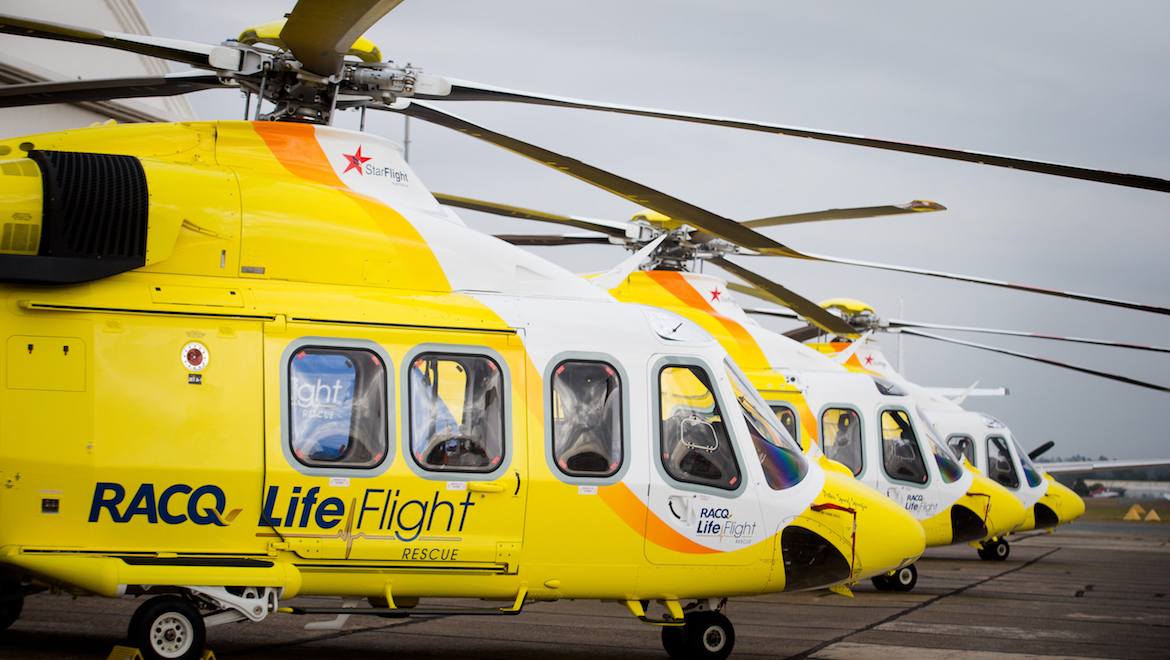
For decades LifeFlight’s aeromedical helicopters have been providing an invaluable lifesaving service to the people of Queensland.
With a heritage that dates back to 1979, the organisation has a long history of providing critical aeromedical services to the state; so much so that in 1993 RACQ partnered with the group as naming rights sponsor.
This partnership endured and expanded throughout the 1990s and 2000s. During this time the organisation merged with a variety of other aeromedical rescue services, growing its presence across Queensland.
Previously known as Careflight, it was officially renamed LifeFlight in 2016 and the RACQ Lifeflight Rescue partnership has been heralded as one of Australia’s most successful business relationships.
The synergies between Queensland’s key road safety advocate, and the lifesaving services offered by Lifeflight means that both parties are highly motivated to offer a world class aeromedical service for those living, working and travelling in the state.
Today, the organisation serves the growing metropolis of Brisbane, as well as the cities of Mount Isa, Toowoomba, Bundaberg and the Sunshine Coast.
Lifeflight’s fleet has performed more than 55,000 critical rescue missions since its inception, and today consists of both rotor and fixed wing aircraft. While a Learjet L45, Learjet L45-XR and a Bombardier CL-600-2B16 offer the organisation long-distance transportation support (including international capacity); it is RACQ Lifeflight Rescue’s rotor aircraft that handle the bulk of the work.
With a rotor fleet comprising of three Bell 412EPs, five Leonardo AW139s as well as a Eurocopter AS350BA and a Eurocopter MBB-BK 117 C-1, RACQ Lifeflight Rescue can undertake nearly two thousand missions annually.
To run this service across such vast distances, a dedicated and motivated group of people are on hand to support Lifeflight in its mission. Each person in the Lifeflight team operates under a company culture that values teamwork, allowing for the multidisciplinary workforce to unite and ensure the best patient outcome.
This story takes a look at a few of those individuals.
Aviation Operations
Name: Tyson Smith
Position: Aviation operations coordinator
Time with RACQ Lifeflight Rescue: 7+ Years
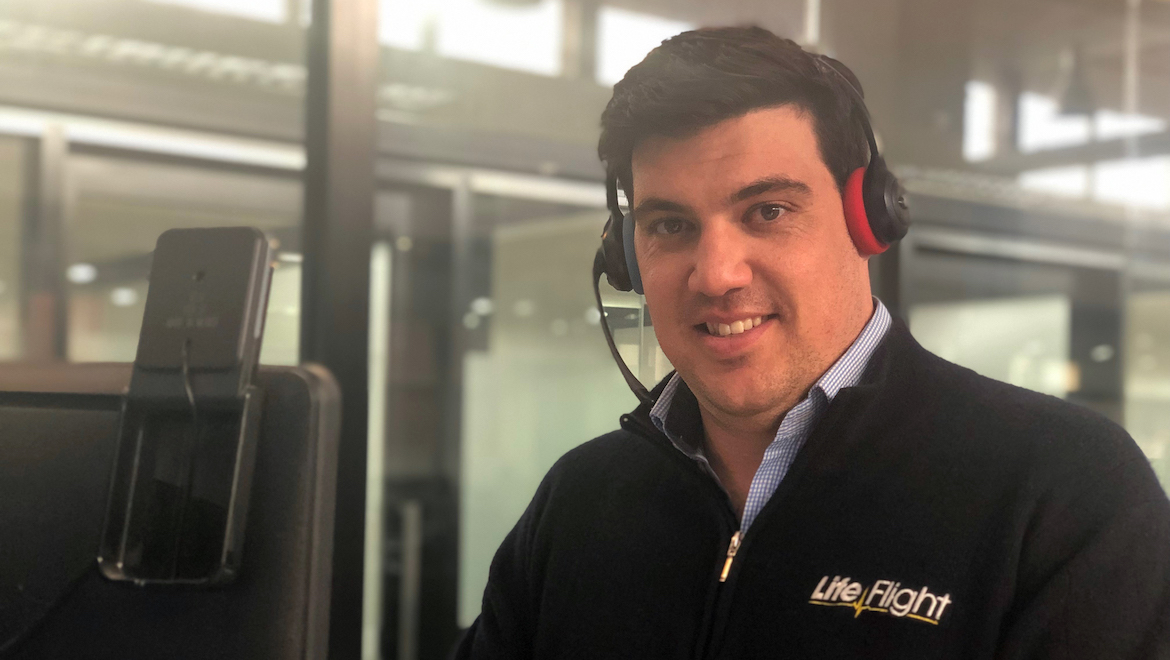
While any casual observer will likely associate pilots and medical staff with RACQ Lifeflight Rescue, what is perhaps less obvious is the numerous support teams who work around the clock to ensure a safe and reliable service 365 days a year.
The Aviation Operations Centre sits at the heart of the entire operation. Yet the skilled team who run this technology-driven hub do so behind the scenes, away from the spotlight.
Tyson Smith has been with RACQ Lifeflight Rescue since December 2011. Holding the position of aviation operations coordinator, he works 12-hour shifts during which he is responsible for the safe coordination of the aeromedical service.
This role involves coordinating up to twelve helicopter missions across the vast state of Queensland, while also handling Lifeflight’s Air Ambulance Jet rescue missions, both at home and abroad.
“Originally I was a fire-fighter but when the opportunity presented itself to work on a rescue helicopter I jumped,” Smith told Australian Aviation in July, adding that it was a passion for helping people that attracted him to the industry.
“It was only a casual spot on the aircrew, but it was my ticket into the medical aviation world and I was excited to see what it could become. Many years on and it’s been an exciting and fulfilling career path.
“With Lifeflight I have worked on the aircraft, then transitioned into a role as an aviation instructor and now I am an aviation operations coordinator at Lifeflight’s head office.”
Smith, who was in his 20s at the time, says his transition from firefighting to aeromedical work was a result of wanting to take a different path within emergency services; adding that the move resulted in a “pretty large learning curve”.
He was supported in this transition by the Lifeflight team and quickly learnt the various systems and technologies employed by the life-saving service in their day-to-day work.
To help “normalise” what might seem like a stressful role, Smith likens the logistical side of the business to that of a shipping company. However, he is quick to point out there are some significant differences.
“Instead of trucks, we have very expensive helicopters and Air Ambulance jets, all with highly qualified personnel on board,” Smith explained.
“They don’t ship parcels or move freight but instead respond to critical situations every day and move numerous patients over vast distances. It’s a different type of balancing act as you have to manage the aviation rules and regulations alongside the medical regulations.”
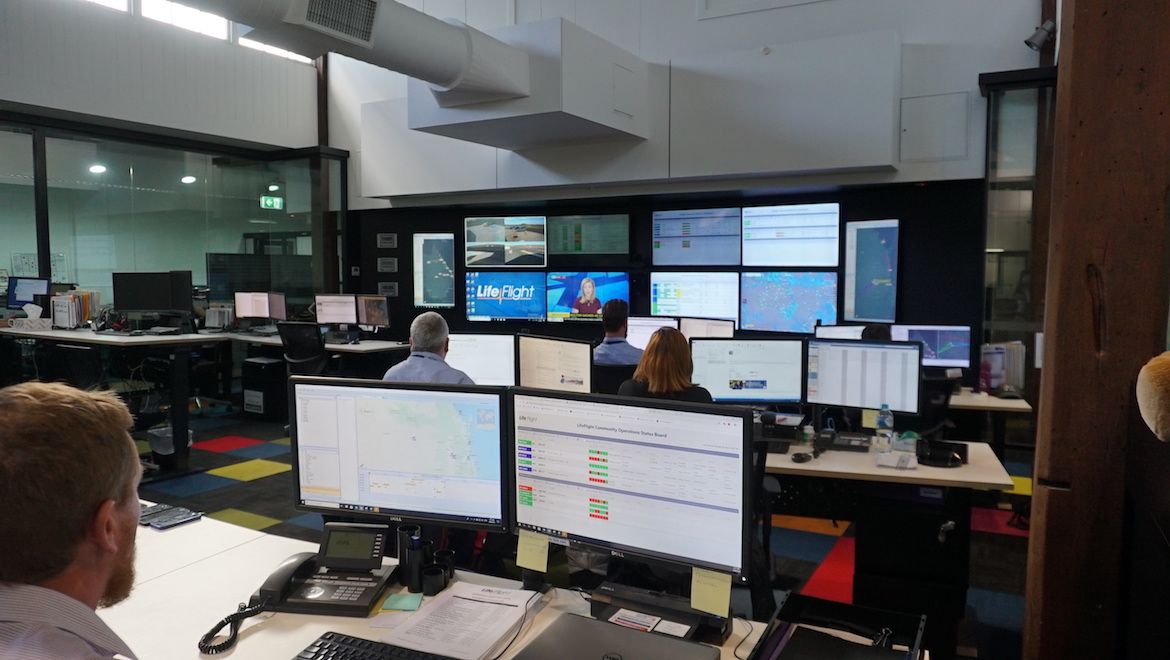
Aviation Maintenance
Name: Cory Writer
Position: Aviation maintenance engineer
Time with RACQ Lifeflight Rescue: 4+ Years
Quality aircraft maintenance lies at the heart of all safe aviation operations. With safety at the core of its service, RACQ Lifeflight Rescue is a leader in this field. Here, a team of dedicated in-house engineers ensures that the fleet of helicopters remains safe and airworthy, ready to take on critical missions at a moment’s notice.
For aviation maintenance engineer Cory Writer, a love of aviation was formed at a young age.
“My interest in the aviation industry first started with holidays to New Zealand when I was young. As a child, I loved aircraft and I always wanted to know how they worked,” he told Australian Aviation.
Once leaving school, the young Writer quickly realised that a career in aviation was the only way to satisfy his passion for the industry. As such, he took steps to transition into aircraft maintenance.
“I had to first complete initial enrolment exams to be accepted into a Cert VI in Aeroskills at Aviation Australia, which gives students theory, based knowledge of the aircraft maintenance industry,” Writer said.
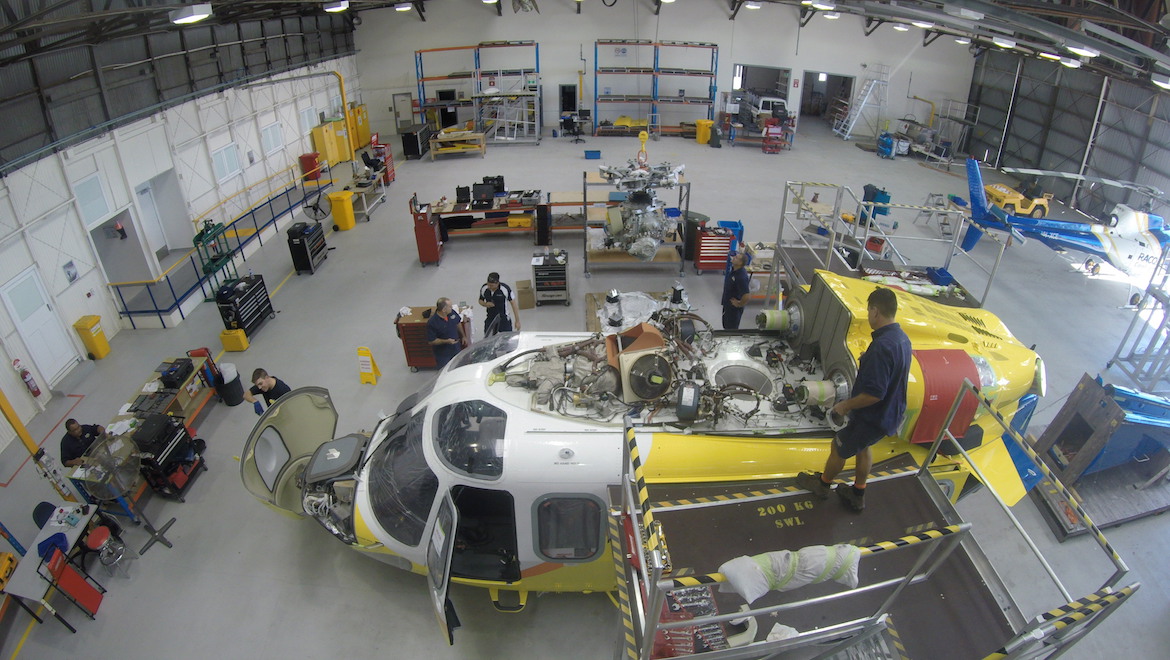
After 11 months of study, Writer applied for an aircraft maintenance engineer apprenticeship at Lifeflight.
Completing his apprenticeship in 2018, Writer said he has “happily been involved with the Lifeflight for nearly 4 and a half years now”.
Like many aviation engineers, Writer said he felt a strong sense of satisfaction working with machines that defy gravity. He believes that helicopters are an engineering marvel, comprising of an array of complex systems that must be learned and mastered by those who work with, and maintain, these aircraft.
Such a career provided a continuous learning and developing environment.
“From an engineering standpoint the most rewarding part is to be able to start with a rough flying helicopter in the morning, and finish with a smooth flying machine in the afternoon,” Writer said.
“I get the most gratification when I see or hear a Lifeflight helicopter fly over on a mission. Knowing that I was involved in a team that helps keep that aircraft safe in the sky to perform the various missions that help save lives every day is very satisfying.”

The Air Crew
Name: Ryan Bullock
Position: Helicopter pilot
Time with RACQ Lifeflight Rescue: 1 Year
Working with helicopters offers pilots an opportunity to engage in a variety of unique flight profiles that are often out of reach for fixed-wing aircraft. Whether it is flying mining charters to offshore oil rigs, station flying in remote and rural Australia, or corporate helicopter charters, the nature and flexibility of rotor-powered flight is attractive to many aviators.
However, for RACQ Lifeflight Rescue’s pilots the excitement and professional satisfaction of flying helicopters is coupled with the responsibility and urgency of the lifesaving work that the organisation undertakes every day.
For pilot Ryan Bullock, a lifelong fascination with flight drew him to seek out an aviation career from an early age. He was particularly drawn to helicopters; though he first undertook a commercial fixed wing pilot’s license in Archerfield, before being accepted into the Australian Defence Force in 2003.
“I graduated as a reconnaissance pilot in 2005, and completed operational tours in Kiowa and Chinook in both East Timor and Afghanistan, before becoming a qualified flying instructor for both the Australian Army and Boeing Defence Australia,” Bullock told Australian Aviation.
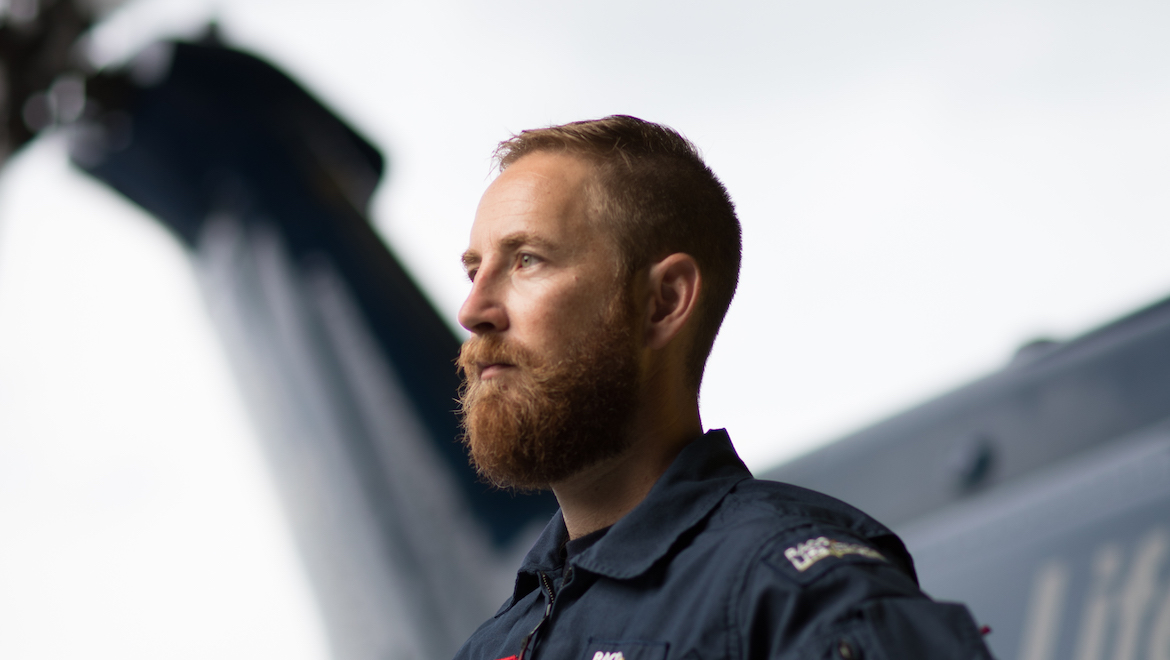
Bullock went on to spend six years flying to offshore oil and gas stations for CHC helicopters, piloting the AS332, EC225, and AW139s in that role. While his long-term goal was to become involved in aeromedical work, Bullock realised offshore work was a good way to build his logbook.
He made the switch to Lifeflight in July 2018.
“The stagnation of the offshore market and lack movement within the industry was what eventually caused me to make the change,” Bullock said.
Further, he said the emergency medical services (EMS) roster at Lifeflight was much friendlier for young families than the two-on-two-off fly-in/fly-out (FIFO) roster.
In his new aeromedical role, Bullock has found an exciting and rewarding career where no two days are alike, adding: “At the start of a shift you couldn’t guess where you might end up or what you might be doing for the day. Some days, or nights, are quiet. On others, you don’t get a chance to catch your breath.”
Also, Bullock said he found the variety of his role very rewarding as it presented a number of challenges – such as landing in a paddock beside a road, or on a seaway wall in the dead of night – and tested his skills as an aviator.
The intensity of these missions was juxtaposed with the more familiar work of a Helideck landing in a central CBD location or returning the helicopter to one of RACQ Lifeflight Rescue’s various bases at the end of a shift.
Like most of the team who work alongside him, Bullock was most proud of the human element of his job. Being part of the critical lifesaving aeromedical team was very rewarding, especially when a patient recovered after their flight.
“Occasionally we hear from our past patients, thanking us for the job that we do,” Bullock said.
“The fact that they are able to do that means they are in far better condition than the day we see them. For us it is ‘fuel’ in our tanks for the 2am call outs. It’s always appreciated.”
Medical Team
Name: Dr Martin Löndahl
Position: Retrieval registrar
Time with RACQ Lifeflight Rescue: 1 Year
RACQ Lifeflight Rescue’s dedicated medical team offers a world-class standard of care in one of the most unusual medical environments in the world.
With the organisation’s fleet of helicopters completed in a bespoke aeromedical fit out, doctors and nurses can administer lifesaving treatment “on the fly” en-route to major medical hubs.
Dr Martin Löndahl is one of Lifeflight’s medical professionals, having held the position of retrieval registrar for the past 12 months. A desire to help people was the driving force behind his decision to persue a medical career, adding with a smile that this “may be a bit of a cliché – but it’s true.”
Based in Sweden, Dr Löndahl focused on growing his land-based medical career, concentrating on intensive care and anesthetics. However, an unexpected call from a recruitment consultant – who saw a potential for Dr Löndahl’s skills in Lifeflight’s operations – opened the door for him to transition into aeromedical work, and move countries at the same time.
“Having a look into it myself, I realised that my experience from anaesthetics and intensive care would translate well to this job and that it seemed like a challenging and exciting thing to do,” Dr Löndahl said.
“Lots of things added up and I felt ready to leave the safety of the Swedish hospital environment, travel 15,000 kilometres to work in rural hospitals and on the highways, dirt roads and paddocks of Queensland.”
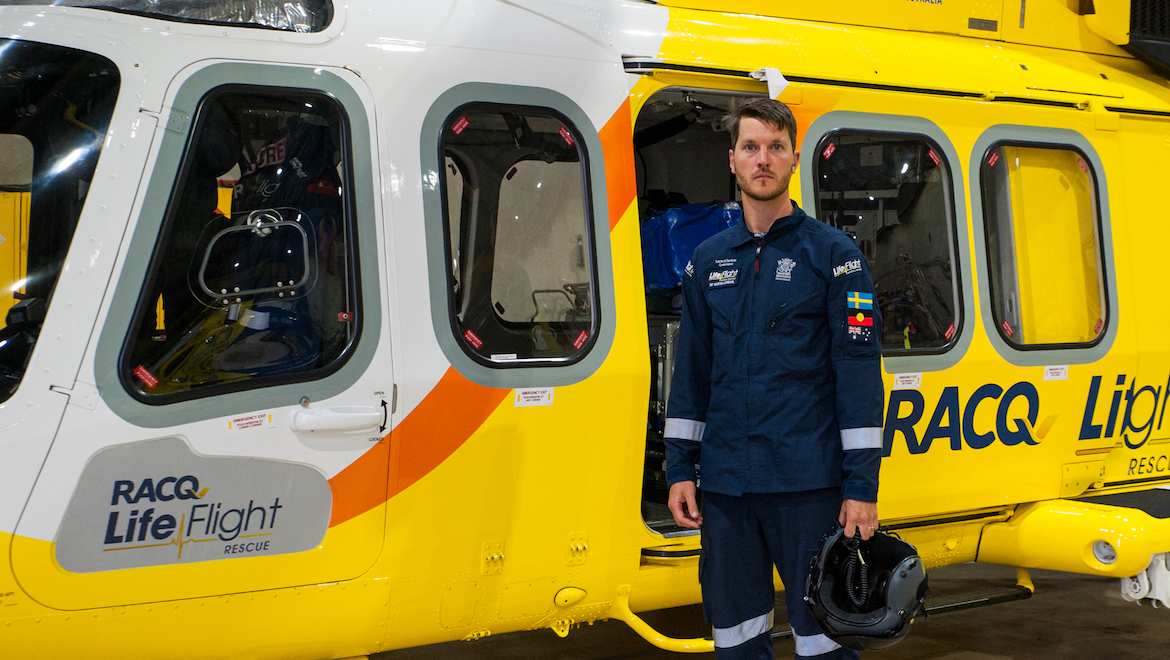
Dr Löndahl told Australian Aviation that LifeFlight provided a good introductory course to the prehospital environment, noting that it was, “one of the best courses I have ever attended”.
“[The course] gave me a good foundation to get started. Since then, the Queensland Ambulance Service Critical Care Paramedics at the [Lifeflight] Base have proved to be an extensive source of knowledge and experience that I continue to draw on,” Dr Löndahl said.
“They are an awesome group of people, who deserve high praise.”
Dr. Löndahl said there were a number of differences between Lifeflight’s aeromedical work and hospital work, with three key standouts: the crew, the environment and the limited resources.
Being airborne meant that the four-person Lifeflight crew needed to trust each other, work together and rely on each other’s various skills to ensure a successful outcome for patients.
Dr Löndahl elaborated: “We all have different roles and I couldn’t do my job without any one of them. We work with a range of other people – QAS paramedics, firemen, police, doctors and nurses in the local hospitals – most of whom I will never have met before. At times there can be 20 or 30 people on a scene, everyone doing their bit to ensure the best possible outcome for the patient. Being part of that is a privilege.”
In terms of the environment, while hospital-based doctors can become fully familiar with their surroundings, Dr Löndahl said those in aeromedical work needed to “think not only of what to do, but also on where to do it”.
This he said added “a logistical challenge that is fascinating to come to grips with”.
“I’m still learning and again, draw heavily on the experience of the paramedics I work with,” Dr Löndahl said.
Finally, the resources available during retrievals were limited by the size and weight restrictions that come with working in the relatively confined space of a helicopter.
This was further complicated by the variety of locations where Lifeflight doctors worked, ranging from people’s backyards, roadsides, rural hospitals, the back of an ambulance or, of course, airborne in the helicopter.
“Working in the pre-hospital environment, I have to make do with what I’ve got,” Dr Löndahl said.
“While I always aim to do things to the same standards as you would expect in a hospital, I sometimes have to adjust the method to suit the equipment at hand, at whatever place I happen to be.
“I have to bend and twist my skill set, and find that very satisfying.”
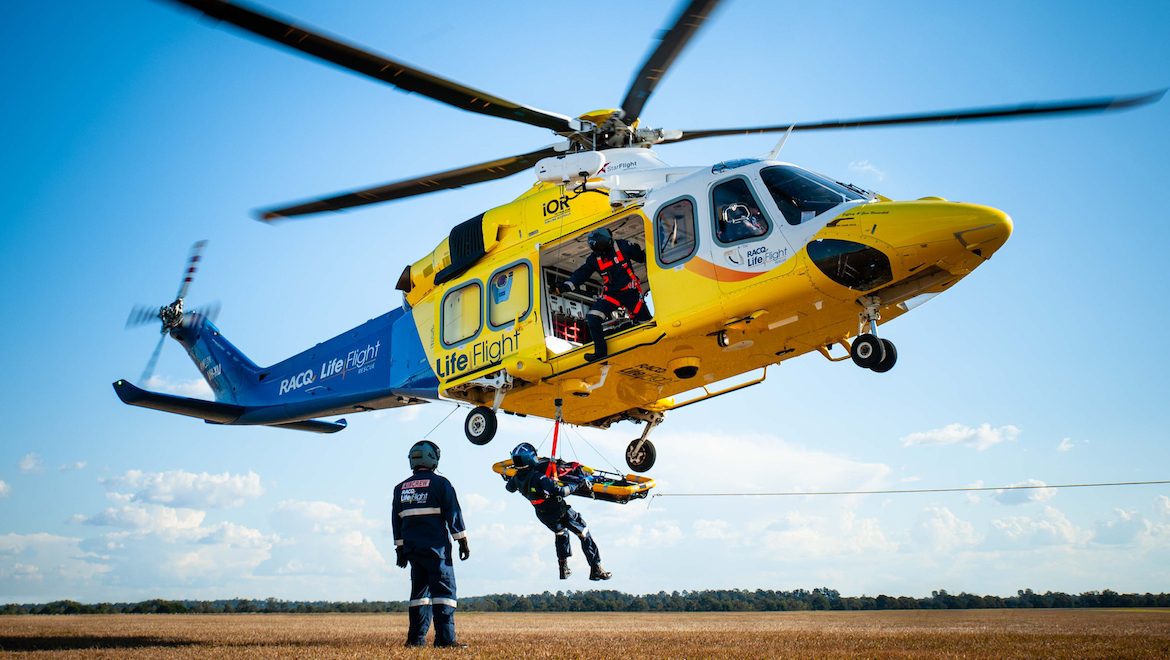
Value the Team
While each person working at RACQ Lifeflight Rescue brought their own unique skills and character to the organisation, the organisation’s success in both longevity and patient outcomes was dependent on a culture of teamwork.
Such a culture was essential to ensure that the engineers who kept the aircraft airworthy and those tasked with coordinating flights and retrievals, as well as the medical teams working in confined spaced aboard the helicopters and the pilots that fly these machines felt supported and secure in their roles as part of a lifesaving operation that the people of Queensland depended on.
After all, as the old adage goes, there is no I in team.

